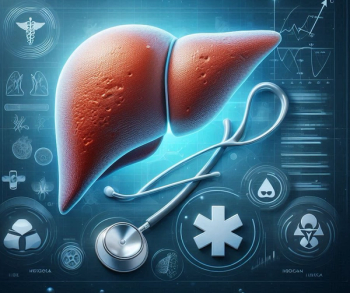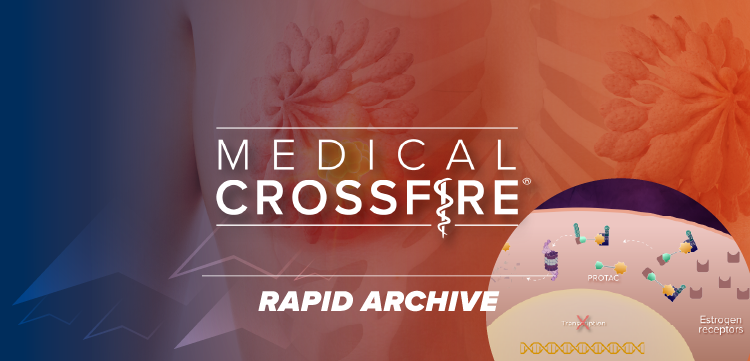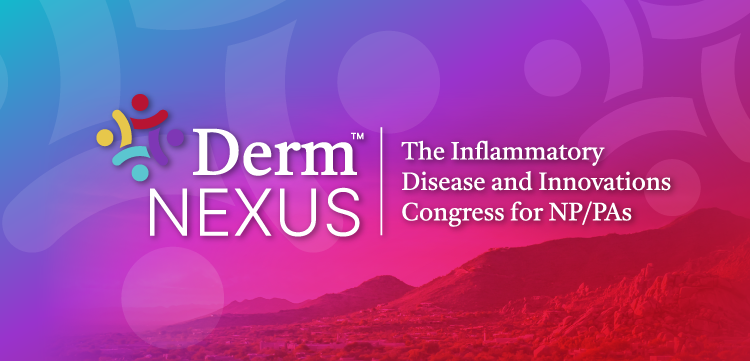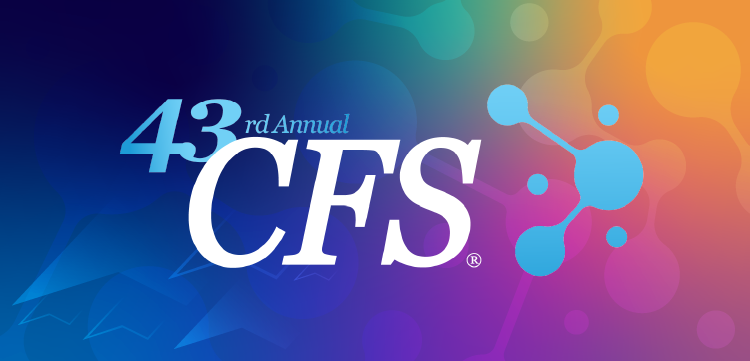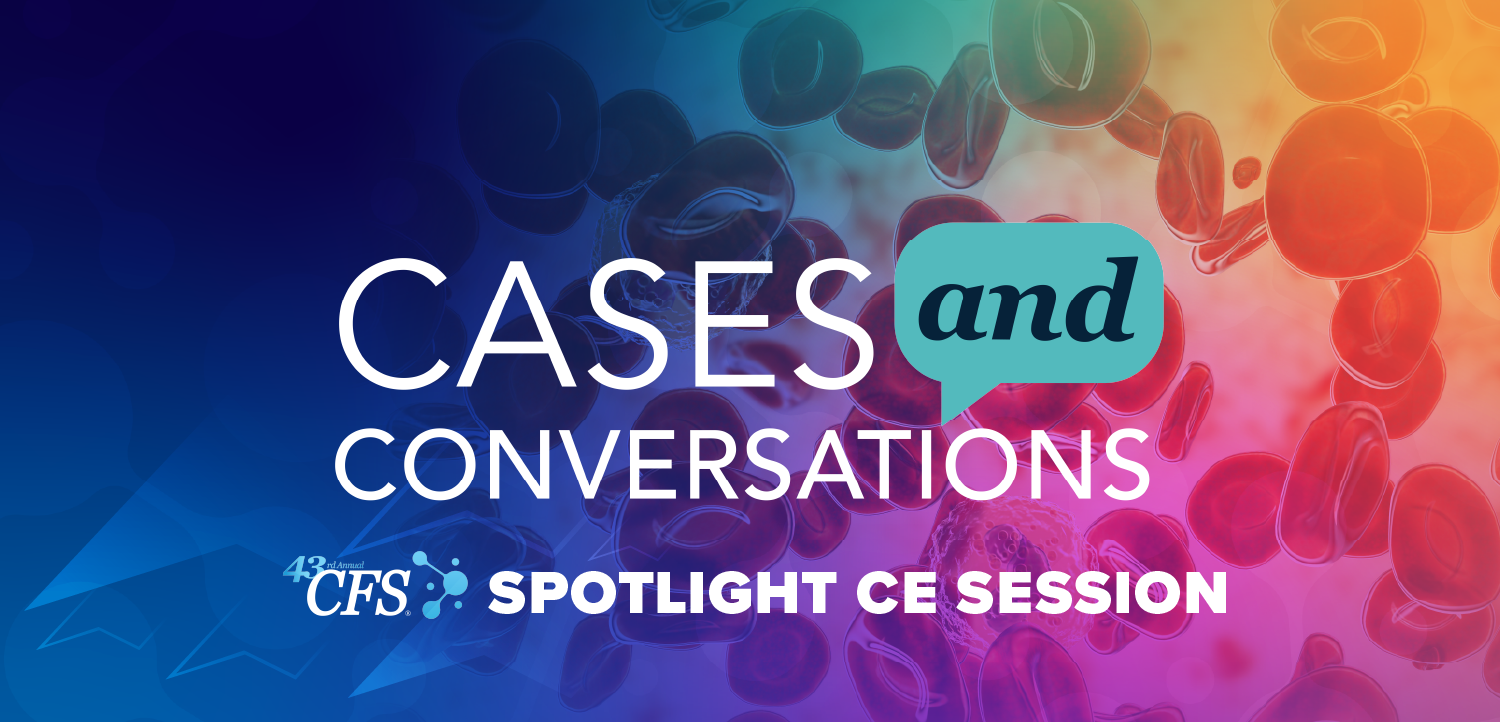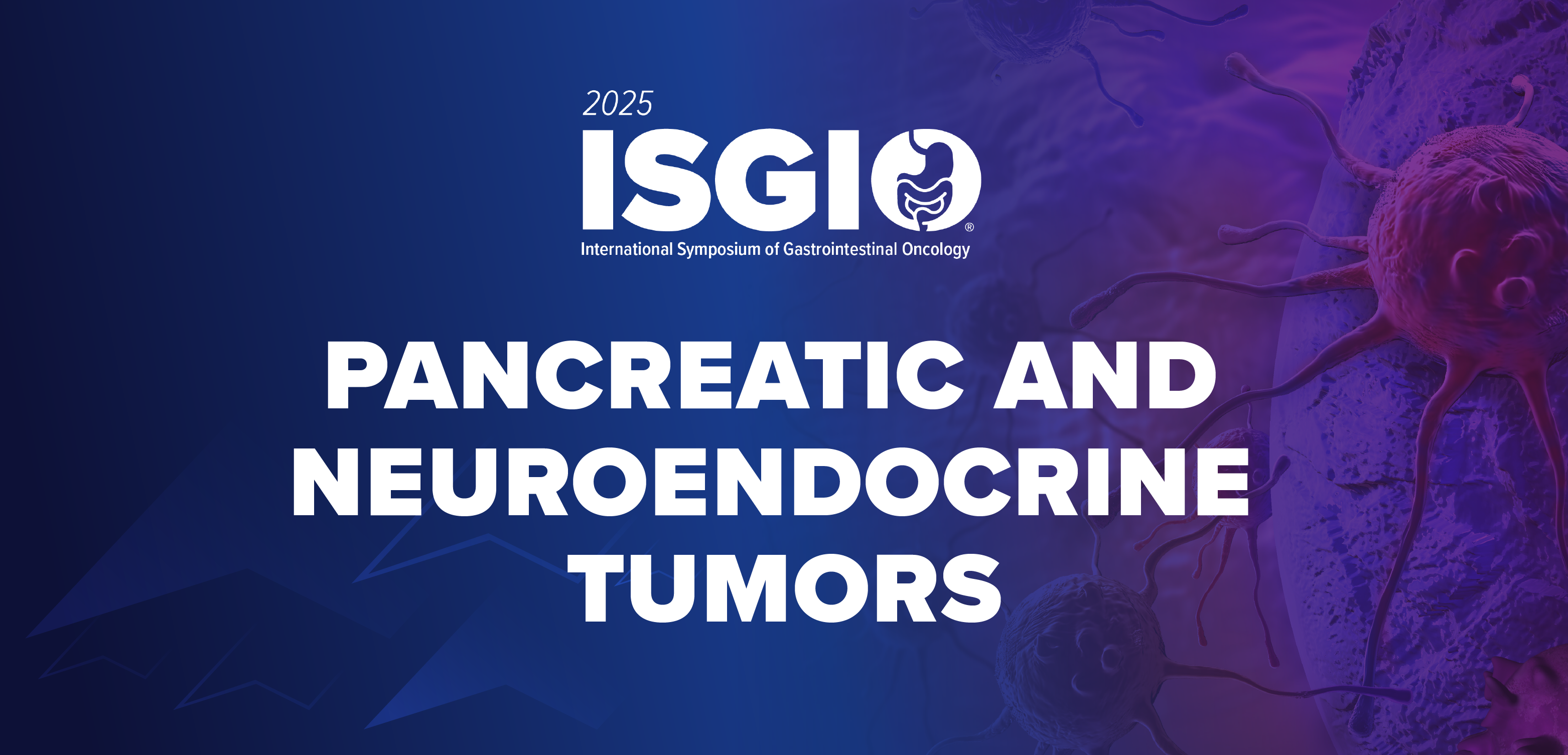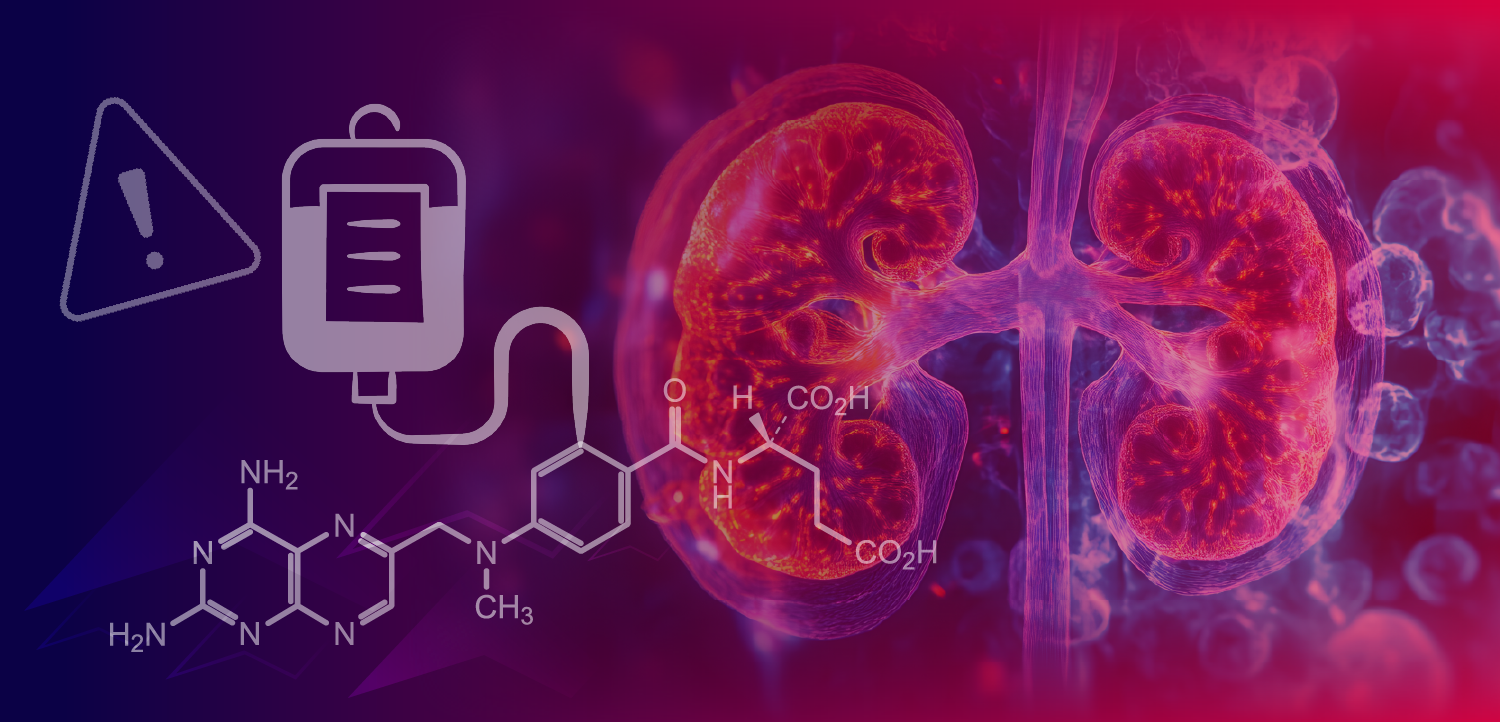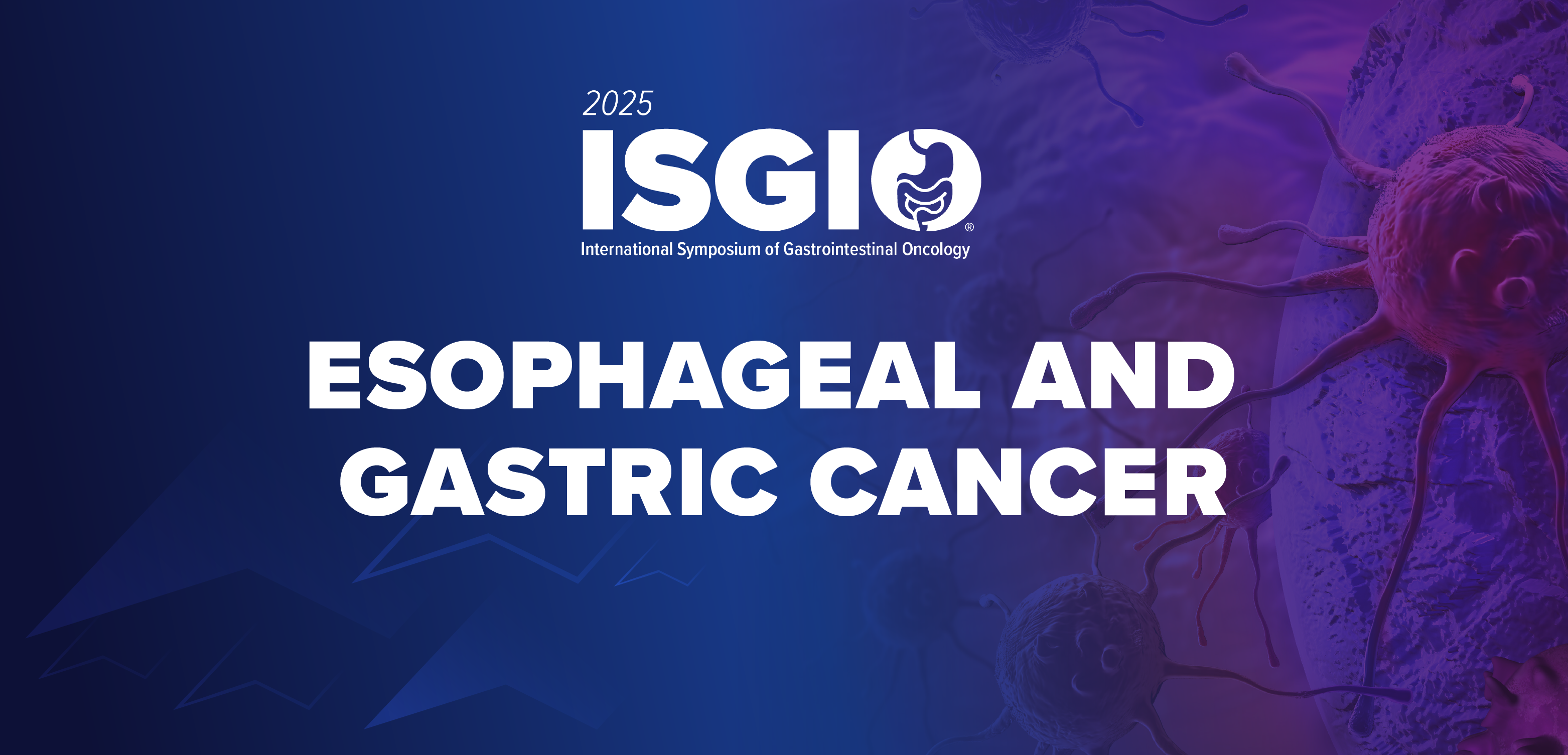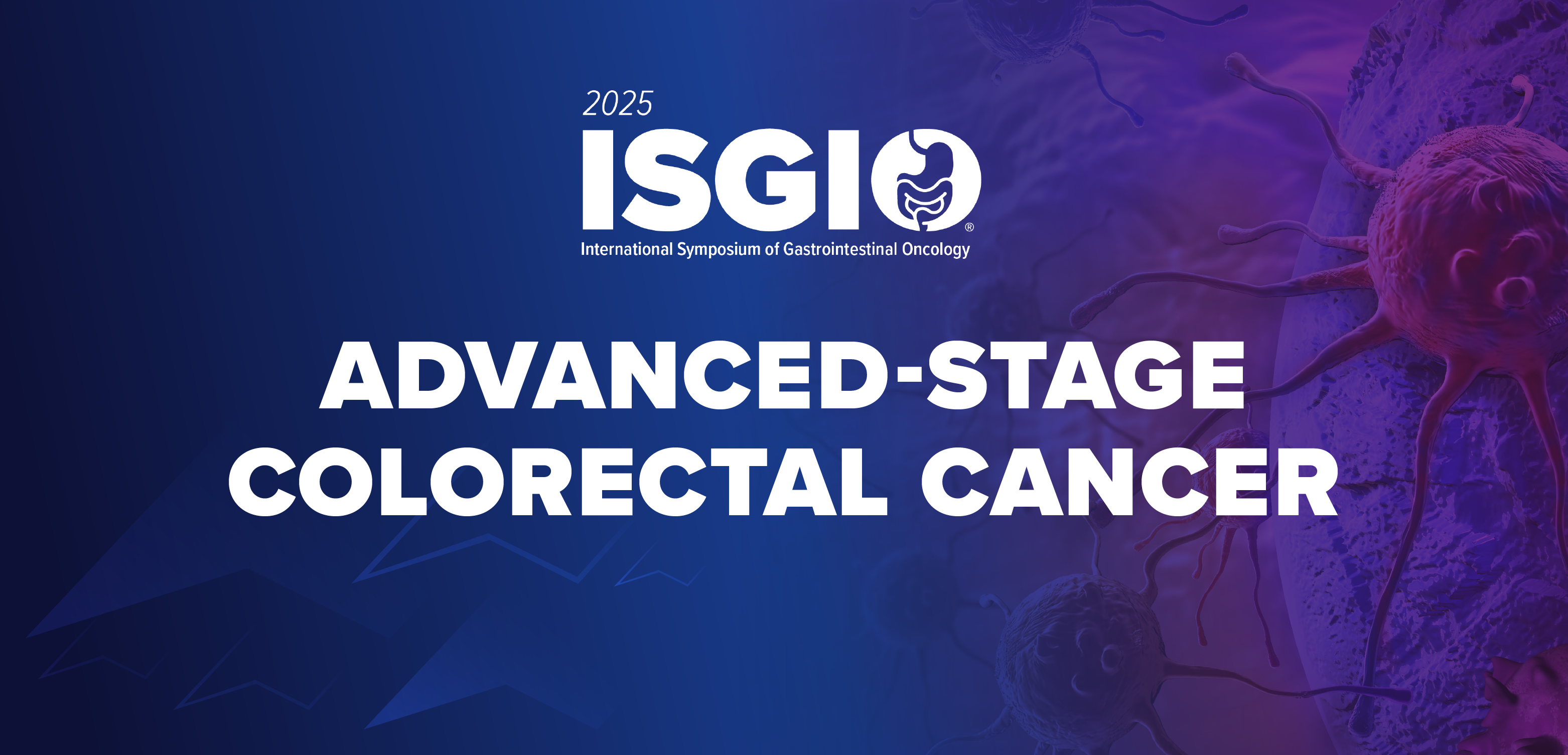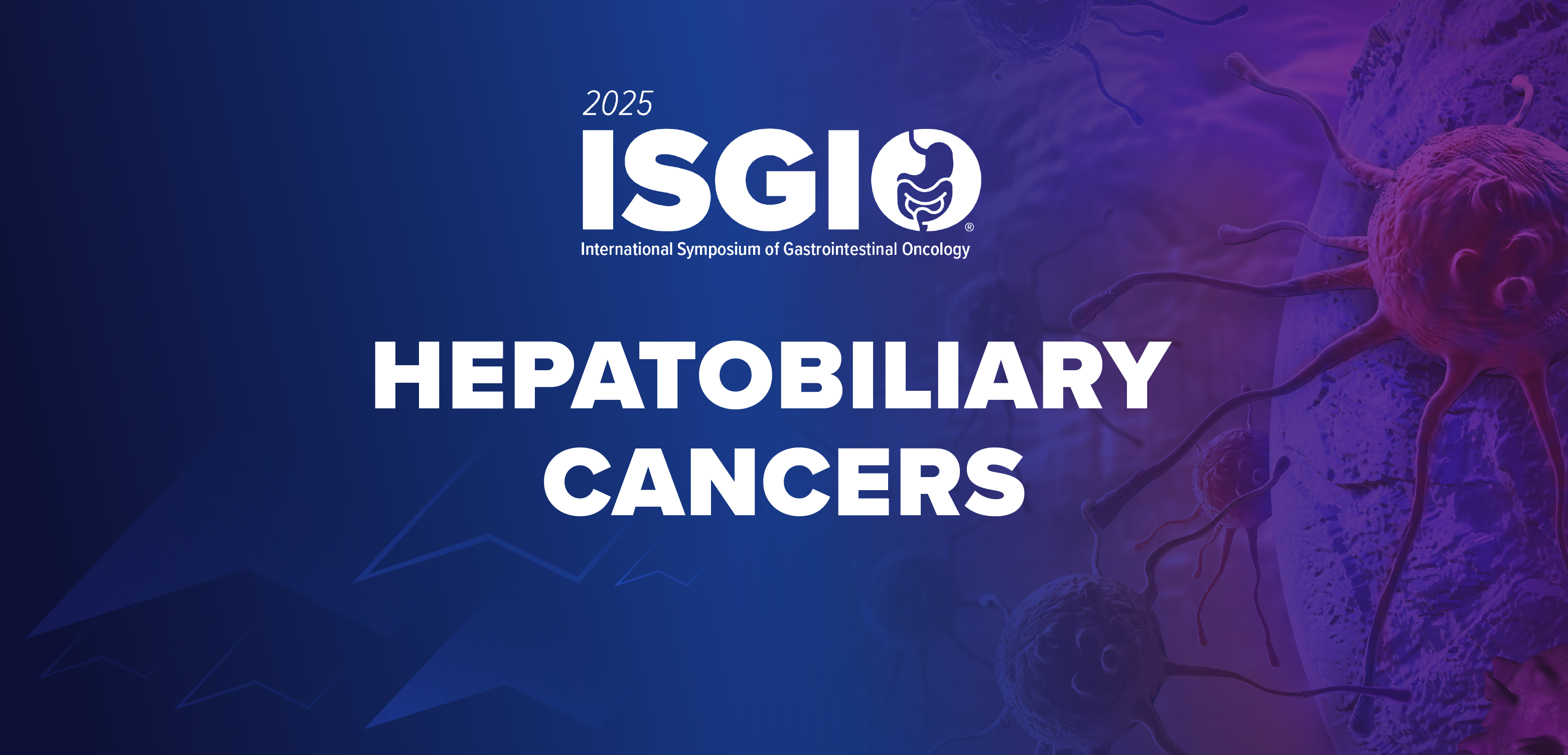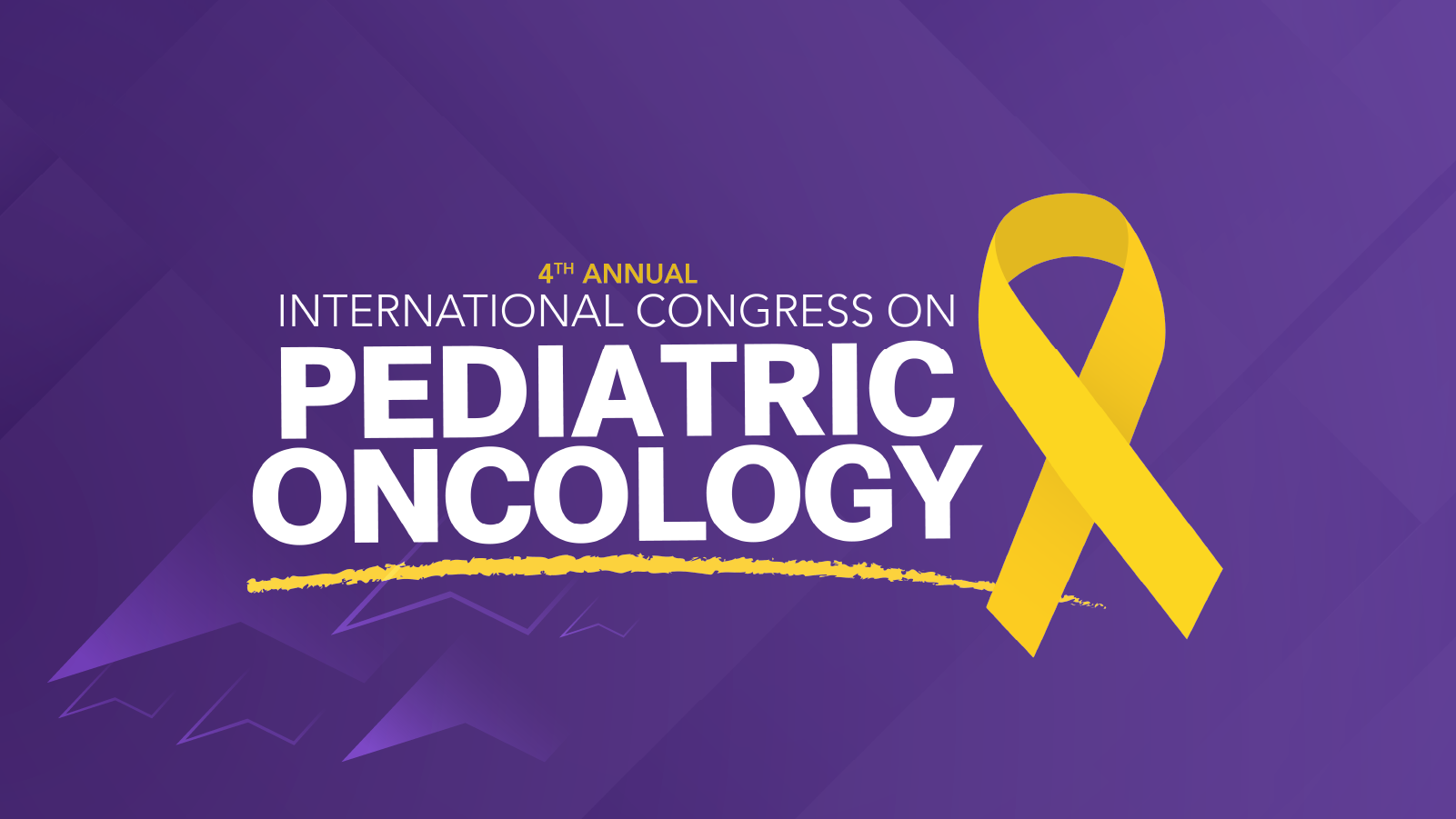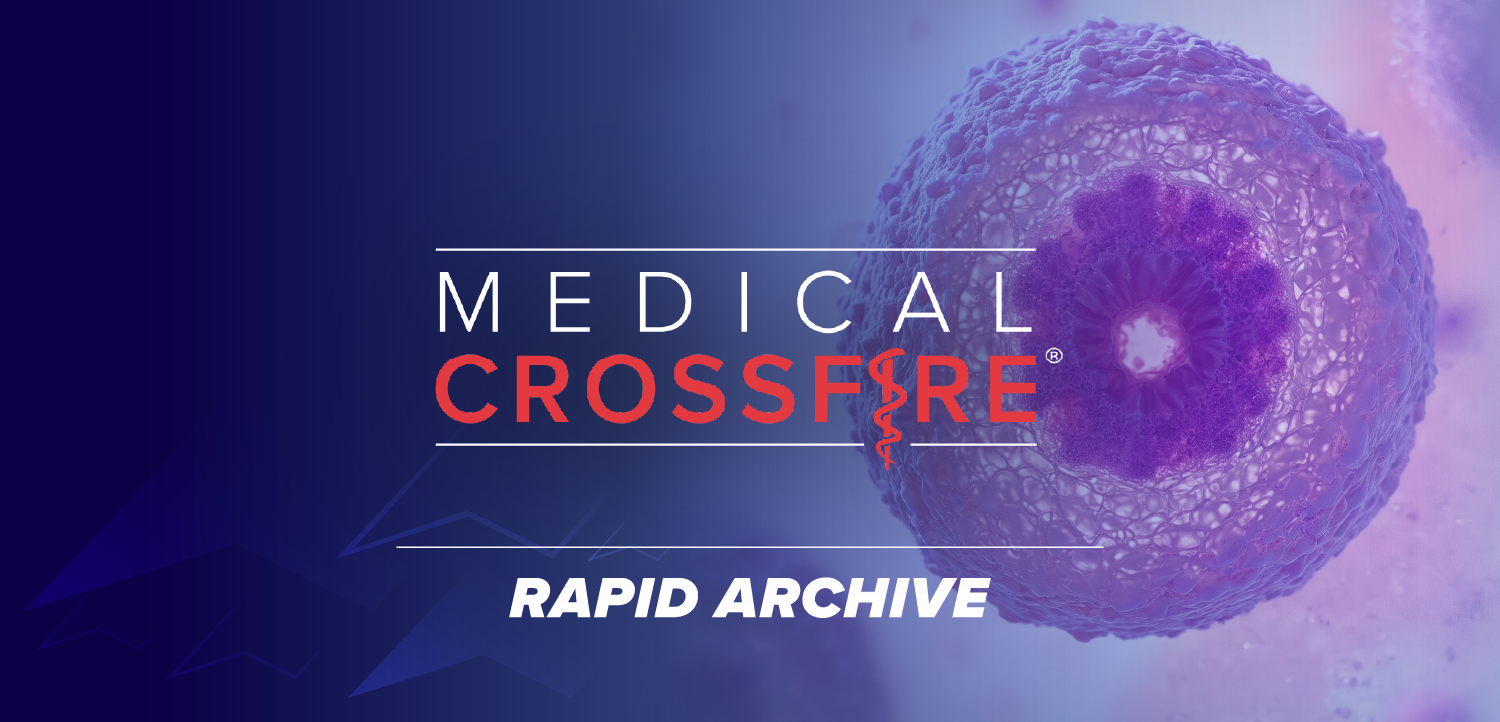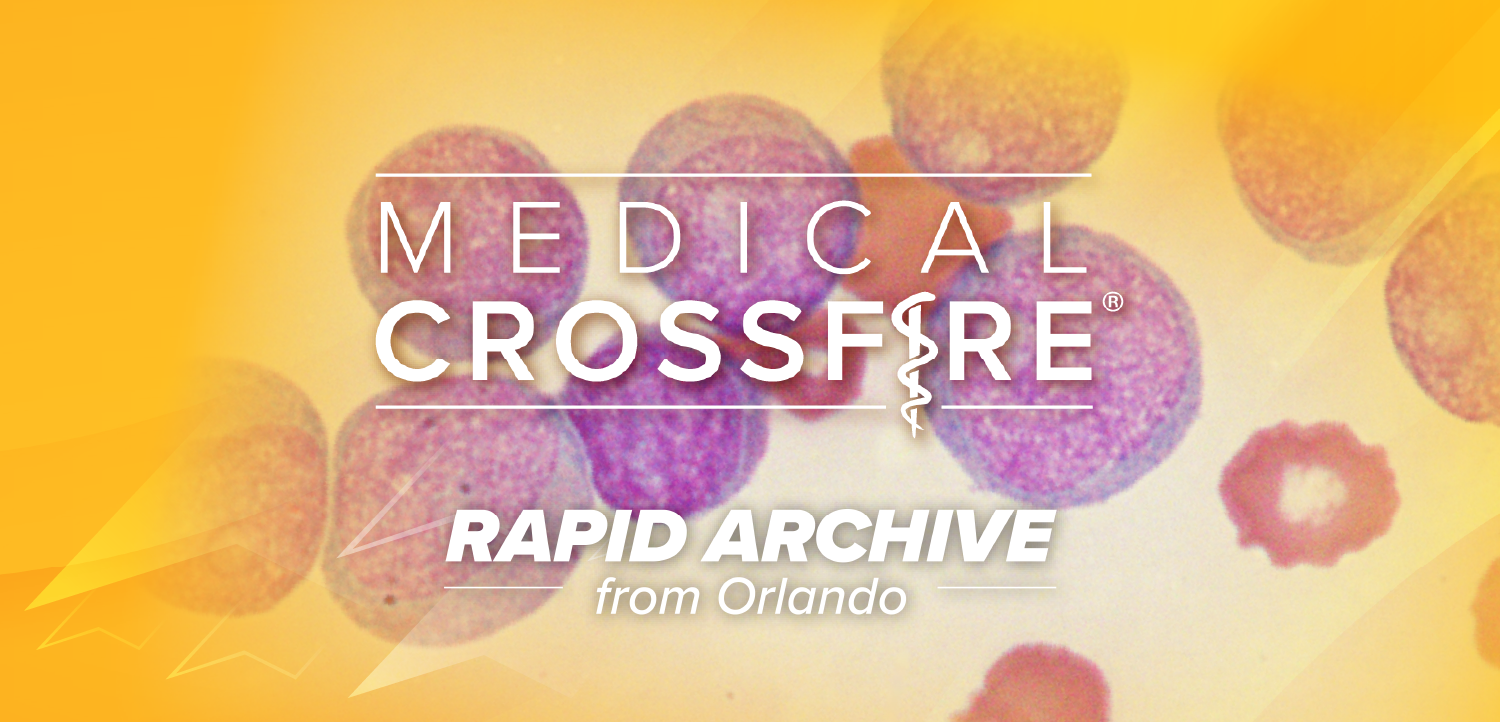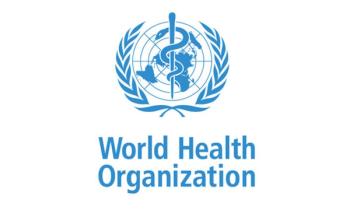
- Contagion, Spring 2025 Digital Edition
- Volume 10
- Issue 1
Shifting Sands in Cellulitis
This common skin and soft tissue infection has a high recurrence rate and significant treatment failure. β-Lactams remain effective first-line treatments, though rising resistance to clindamycin and tetracycline, especially in GAS, is a growing concern.
Skin and soft tissue infections (SSTIs) are common, with an incidence of 77.5 per 1000 person-years of observation, which appears stable over time.1 Recurrences occur in more than 25% of patients with an initial episode, and the mean cost per SSTI episode is $3334.1 Unfortunately, treatment failure occurs in nearly 1 in 5 patients with cellulitis.2 The most recent Infectious Diseases Society of America (IDSA) guidelines for SSTIs were published over a decade ago, but fortunately, many advances in our understanding of cellulitis have occurred since then.3 Potentially practice-changing updates over the past decade in the management of cellulitis will be reviewed, with a focus on epidemiology and treatment.
The causative agents of nonpurulent cellulitis appear to be shifting, or perhaps better understood. β-Hemolytic streptococci remain the predominant cause of nonpurulent cellulitis in at least 80% of cases when using a combination of culture (including swabs), serology, and response to penicillin.4,5 Group A streptococci (GAS), Streptococcus pyogenes, have long been considered the prototypical β-hemolytic streptococci causing nonpurulent cellulitis, which is now being challenged. Group C or G streptococci, Streptococcus dysgalactiae subspecies equisimilis (SDSE), are increasingly being found at higher rates than GAS.4,5 SDSE shares similar virulence factors with GAS, which may explain the similar clinical presentations and types of disease.6 Fortunately, β-lactams remain effective first-line regimens and do not warrant changing based on these data.
Antibiotic resistance is an increasing concern for cellulitis management. Clindamycin and tetracycline resistance is growing quite significantly within β-hemolytic streptococci, per data from the Centers for Disease Control and Prevention. In GAS, clindamycin resistance increased from 11.2% to 33.1% from 2012 to 2022.7 In Group B streptococci (GBS), Streptococcus agalactiae, clindamycin resistance similarly increased from 42.8% to 51.6% over the same time.7 Tetracycline resistance in GAS also increased over this time, from 15.7% to 45.1%.7 Thus, clindamycin and tetracycline do not appear to be reliable empiric options for nonpurulent and purulent cellulitis in the United States. Fortunately, GAS and GBS remain virtually universally susceptible to penicillin, although a case report of penicillin-resistant GBS in the United Kingdom in 2016 warrants continued surveillance to ensure this remains extraordinarily rare.8
In purulent cellulitis, Staphylococcus aureus remains the predominant pathogen of concern. Interestingly, results of an outpatient study using data from the Veterans Health Administration system show that methicillin resistance in S aureus decreased from 54% to 39% from 2010 to 2019.9
During this same time among methicillin-resistant S aureus (MRSA) isolates, tetracycline resistance increased to 13%, trimethoprim-sulfamethoxazole (TMP-SMX) resistance increased to 9%, and clindamycin resistance was as high as 31%.9 Methicillin-susceptible S aureus isolates also showed increasing resistance to these agents. Decreasing rates of MRSA are encouraging, although rates remain quite high in the US. Gradually increasing resistance among our oral antibiotic options must be monitored, and local resistance patterns are helpful when choosing empiric options for purulent cellulitis. Given the changing epidemiology, our treatment paradigms must shift as well. Clindamycin resistance is particularly high, so this should be discouraged as an empiric option. First-line oral agents such as cephalexin, cefadroxil, or dicloxacillin remain effective for nonpurulent cellulitis, but alternatives for patients with severe penicillin allergies are needed with clindamycin resistance growing.
Due to a better understanding of penicillin allergy and new drug allergy guidance in 2022, even patients with allergy to penicillin can receive cefazolin, as it has a unique R1 side chain as part of its chemical structure that results in low cross-reactivity.10 Thus, hospitalized patients with penicillin allergy (with the exception of severe cutaneous adverse reactions) can still receive intravenous (IV) cefazolin. An increasingly appealing option for patients with purulent cellulitis or nonpurulent cellulitis and severe penicillin allergy is linezolid. Linezolid has excellent activity against β-hemolytic streptococci and S aureus, including MRSA. Oral linezolid has been generic since 2015, which has greatly reduced its costs and increased its availability for the treatment of cellulitis. Concerns for linezolid and its risk of serotonin syndrome when linezolid is administered concomitantly with serotonergic drugs resulted in a US Food and Drug Administration safety communication.11 However, the risk of serotonin syndrome when linezolid is administered with selective serotonin reuptake inhibitors is quite low.12 The risk may vary among serotonergic agents, with citalopram, escitalopram, and methadone being potentially higher risk.13 Thus, patients on serotonergic agents should be monitored closely and the benefits should outweigh the risks when using this agent, but overall it is a generally well-tolerated choice for cellulitis.
Another alternative in the setting of severe penicillin allergy for purulent cellulitis is TMP-SMX. Historically, TMP-SMX has been thought to have poor in vitro activity for GAS.12 This characterization of its activity seems to be more likely fiction than fact, as older in vitro susceptibility testing contained thymidine, which inhibited the activity of TMP-SMX.12,14 Modern susceptibility testing methods with low thymidine concentrations demonstrate low rates of resistance, with the results of one study demonstrating 99% to 100% of GAS isolates susceptible to TMP-SMX.14 When evaluating the clinical translation of these laboratory findings, a systematic review of observational and randomized clinical trials found support for the use of TMP-SMX for purulent and nonpurulent cellulitis, including cases caused by GAS.15,16 A topic that has surprisingly changed little in the last decade is the duration of therapy for cellulitis.
The 2014 IDSA guidelines advocated for 5 days of therapy for cellulitis.3 A more recent systematic review and meta-analysis and American College of Physicians guidance came to a similar conclusion, that 5- to 6-day durations for cellulitis were best practices based on current evidence.17,18 There remain limitations to available clinical evidence surrounding the duration of therapy that may be further addressed in future studies. An area of uncertainty and controversy is whether adjunctive anti-inflammatory treatment is beneficial for cellulitis. The 2014 IDSA guidelines provided a moderate-strength recommendation with low-quality evidence for the use of systemic steroids for adults without diabetes and with cellulitis.3 This recommendation was primarily based on the results of a study of 112 patients from Sweden in 1997 that found a prednisolone taper over 8 days decreased the median healing time, hospital length of stay, and IV antibiotic duration by 1 day each.19 A 2024 systematic review and meta-analysis on anti-inflammatories (steroids or nonsteroidal anti-inflammatory drugs [NSAIDs]) identified 5 randomized controlled trials on the topic.20 These studies used heterogeneous drugs and dosages and were largely small and underpowered. There is a signal for improved benefit early in the course of therapy with the use of NSAIDs, but further studies are necessary to determine the true risk/benefit of these therapies before they are routinely utilized, especially given the known adverse effect profiles of NSAIDs and steroids in patients who frequently have chronic kidney disease and diabetes.
The last decade in clinical research for cellulitis has revealed several pivot points in the epidemiology and therapeutic management of cellulitis. Increasing drug resistance of common gram-positive pathogens to clindamycin has effectively phased out this therapeutic agent from being an efficacious empiric treatment. While methicillin resistance in S aureus is decreasing, rising drug resistance among tetracyclines and TMP-SMX deserves close monitoring.
Fortunately, an improved understanding of penicillin allergy allows for broader use of empiric IV cefazolin in hospitalized patients with nonpurulent cellulitis. Additionally, improved linezolid availability and a better understanding of TMP-SMX susceptibility results for GAS allow for more options. Short courses of therapy remain the best balance of clinical efficacy and reducing risk of adverse effects and microbiome disruption. As the sands shift across the landscape of skin infections, continued monitoring of antimicrobial resistance patterns, development of new antimicrobials, and testing of adjunctive therapies will allow for improved navigation of this common yet stubborn infection.
References
1. Vella V, Derreumaux D, Aris E, et al. The incidence of skin and soft tissue infections in the United States and associated healthcare utilization between 2010 and 2020. Open Forum Infect Dis. 2024;11(6):ofae267. doi:10.1093/ofid/ofae267
2. Obaitan I, Dwyer R, Lipworth AD, et al. Failure of antibiotics in cellulitis trials: a systematic review and meta-analysis. Am J Emerg Med. 2016;34(8):1645-1652. doi:10.1016/j.ajem.2016.05.064
3. Stevens DL, Bisno AL, Chambers HF, et al; Infectious Diseases Society of America. Practice guidelines for the diagnosis and management of skin and soft tissue infections: 2014 update by the Infectious Diseases Society of America. Clin Infect Dis. 2014;59(2):e10-e52. doi:10.1093/cid/ciu444
4. Bruun T, Oppegaard O, Kittang BR, Mylvaganam H, Langeland N, Skrede S. Etiology of cellulitis and clinical prediction of streptococcal disease: a prospective study. Open Forum Infect Dis. 2016;3(1):ofv181. doi:10.1093/ofid/ofv181
5. Taggart M, Langworthy K, Hui S, et al. Serological responses to Streptococcus pyogenes vaccine candidate antigens suggests that Streptococcus dysgalactiae is the predominant cause of lower limb cellulitis. Open Forum Infect Dis. 2024;11(6):ofae272. doi:10.1093/ofid/ofae272
6. Xie O, Davies MR, Tong SYC. Streptococcus dysgalactiae subsp. equisimilis infection and its intersection with Streptococcus pyogenes. Clin Microbiol Rev. 2024;37(3):e0017523. doi:10.1128/cmr.00175-23
7. ABCs Bact Facts Interactive Data Dashboard. Centers for Disease Control and Prevention. Accessed February 10, 2025. https://www.cdc.gov/abcs/bact-facts/data-dashboard.html
8. McGuire E, Ready D, Ellaby N, et al. A case of penicillin-resistant group B Streptococcus isolated from a patient in the UK. J Antimicrob Chemother. 2025;80(2):399-404. doi:10.1093/jac/dkae419
9. Carrel M, Smith M, Shi Q, et al. Antimicrobial resistance patterns of outpatient Staphylococcus aureus isolates. JAMA Netw Open. 2024;7(6):e2417199. doi:10.1001/jamanetworkopen.2024.17199
10. Khan DA, Banerji A, Blumenthal KG, et al. Drug allergy: a 2022 practice parameter update. J Allergy Clin Immunol. 2022;150(6):1333-1393. doi:10.1016/j.jaci.2022.08.028
11. FDA Drug Safety Communication: updated information about the drug interaction between linezolid (Zyvox) and serotonergic psychiatric medications. US Food and Drug Administration. December 11, 2017. Accessed February 24, 2025. https://www.fda.gov/drugs/drug-safety-and-availability/fda-drug-safety-communication-updated-information-about-drug-interaction-between-linezolid-zyvox-and
12. McCreary EK, Johnson MD, Jones TM, et al. Antibiotic myths for the infectious diseases clinician. Clin Infect Dis. 2023;77(8):1120-1125. doi:10.1093/cid/ciad357
13. Gatti M, Raschi E, De Ponti F. Serotonin syndrome by drug interactions with linezolid: clues from pharmacovigilance-pharmacokinetic/pharmacodynamic analysis. Eur J Clin Pharmacol. 2021;77(2):233-239. doi:10.1007/s00228-020-02990-1
14. Bowen AC, Lilliebridge RA, Tong SY, et al. Is Streptococcus pyogenes resistant or susceptible to trimethoprim-sulfamethoxazole? J Clin Microbiol. 2012;50(12):4067-4072. doi:10.1128/jcm.02195-12
15. Bowen AC, Carapetis JR, Currie BJ, Fowler V Jr, Chambers HF, Tong SYC. Sulfamethoxazole-trimethoprim (cotrimoxazole) for skin and soft tissue infections including impetigo, cellulitis, and abscess. Open Forum Infect Dis. 2017;4(4):ofx232. doi:10.1093/ofid/ofx232
16. Miller LG, Daum RS, Creech CB, et al; DMID 07-0051 Team. Clindamycin versus trimethoprim-sulfamethoxazole for uncomplicated skin infections. N Engl J Med. 2015;372(12):1093-1103. doi:10.1056/NEJMoa1403789
17. Cross ELA, Jordan H, Godfrey R, et al. Route and duration of antibiotic therapy in acute cellulitis: a systematic review and meta-analysis of the effectiveness and harms of antibiotic treatment. J Infect. 2020;81(4):521-531. doi:10.1016/j.jinf.2020.07.030
18. Lee RA, Centor RM, Humphrey LL, et al. Appropriate use of short-course antibiotics in common infections: best practice advice from the American College of Physicians. Ann Intern Med. 2021;174(6):822-827. doi:10.7326/m20-7355
19. Bergkvist PI, Sjöbeck K. Antibiotic and prednisolone therapy of erysipelas: a randomized, double blind, placebo-controlled study. Scand J Infect Dis. 1997;29(4):377-382. doi:10.3109/00365549709011834
20. Hamill L, Keijzers G, Robertson S, et al. Anti-inflammatories as adjunct treatment for cellulitis: a systematic review and meta-analysis. CJEM. 2024;26(7):472-481. doi:10.1007/s43678-024-00718-z
Articles in this issue
8 months ago
H5N1: The Outbreak the US Got Bored With9 months ago
Contagion Spring 2025 Digital EditionNewsletter
Stay ahead of emerging infectious disease threats with expert insights and breaking research. Subscribe now to get updates delivered straight to your inbox.



